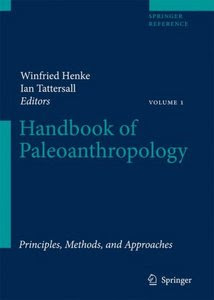
K.C. Misra, "Understanding Mineral Deposits"
Springer | 1999 | ISBN: 0045530092 | 864 pages | PDF | 50,1 MB
Springer | 1999 | ISBN: 0045530092 | 864 pages | PDF | 50,1 MB
The challenge of finding new orebodies to satisfy the ever increasing demands for mineral commodities has to be met, in addition to improved techniques of exploration, mining, extraction, and management, by a better understanding of the geologic setting and genesis of the various classes of mineral deposits. A substantial part of the book is devoted to a discussion, with appropriate examples, of principles that govern the formation of mineral deposits and the various kinds of field and laboratory data that can be used to interpret their genesis. The rest of the book discusses the characteristics of selected classes of deposits, their relationship with the crustal evolution in space and time, and on the application of available data to the formulation of viable genetic models that provide the basis for exploration strategies. Audience: The book is intended as a text for an introductory course in economic geology at senior undergraduate and graduate levels, but it should also serve as a useful information resource for professional economic geologists.

